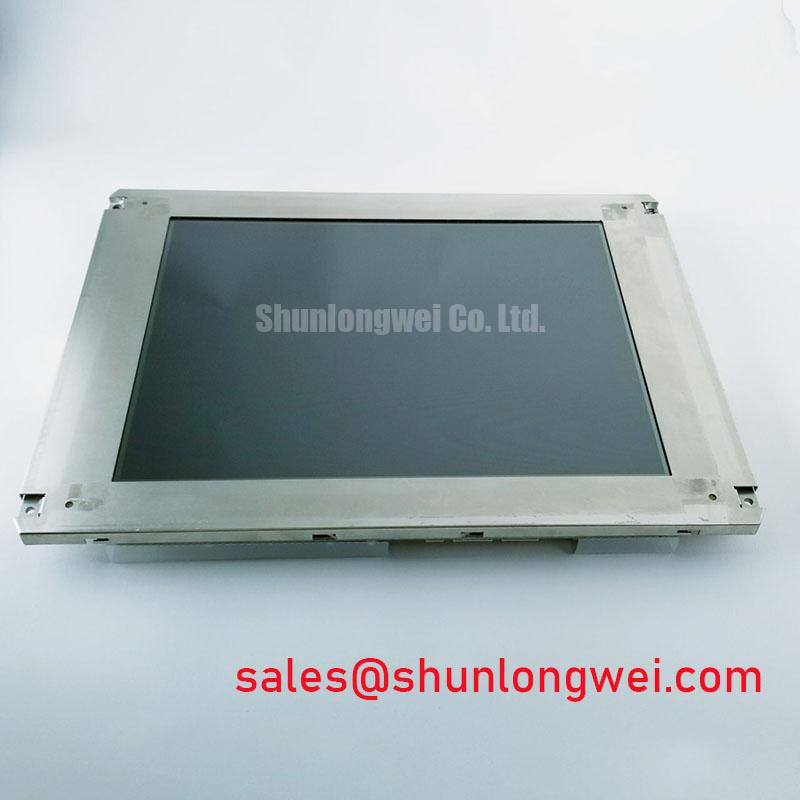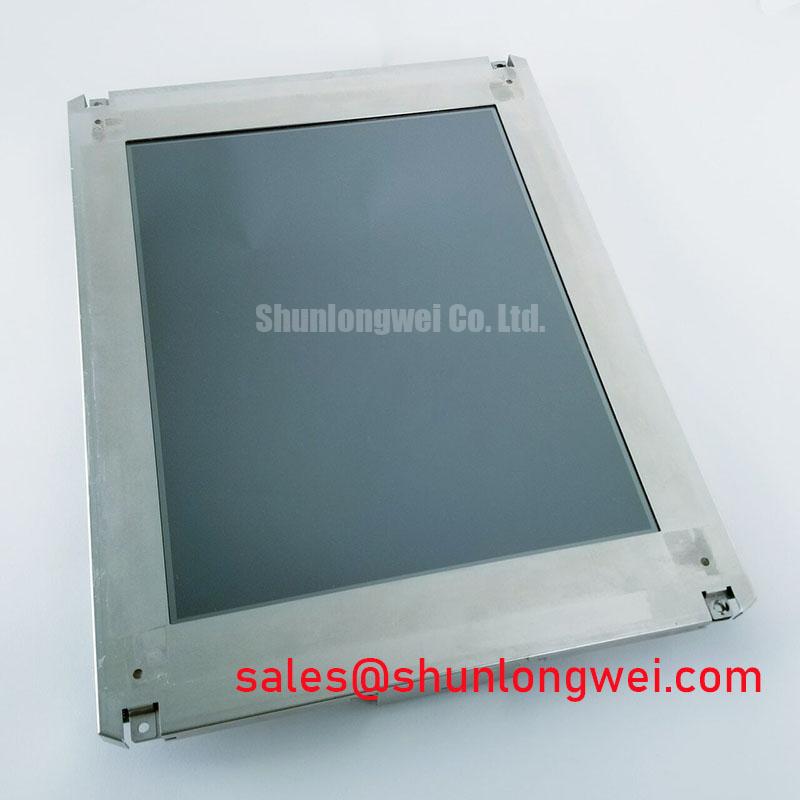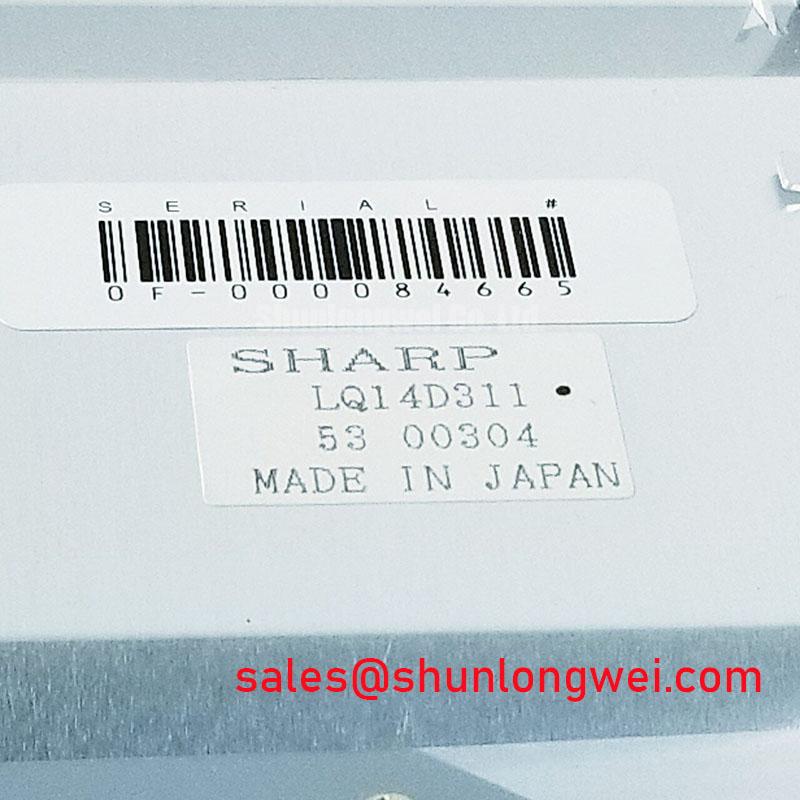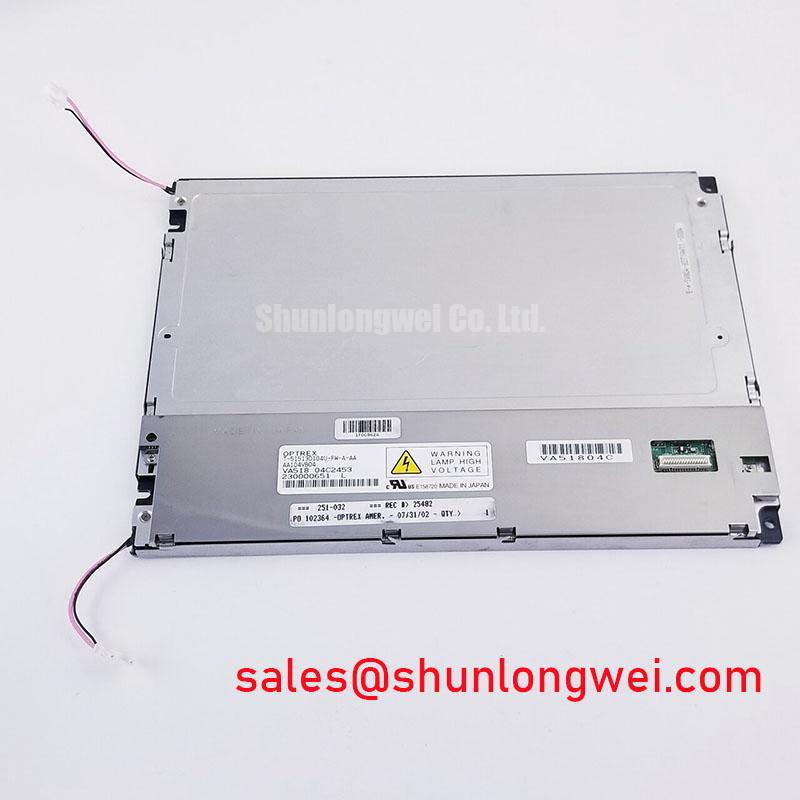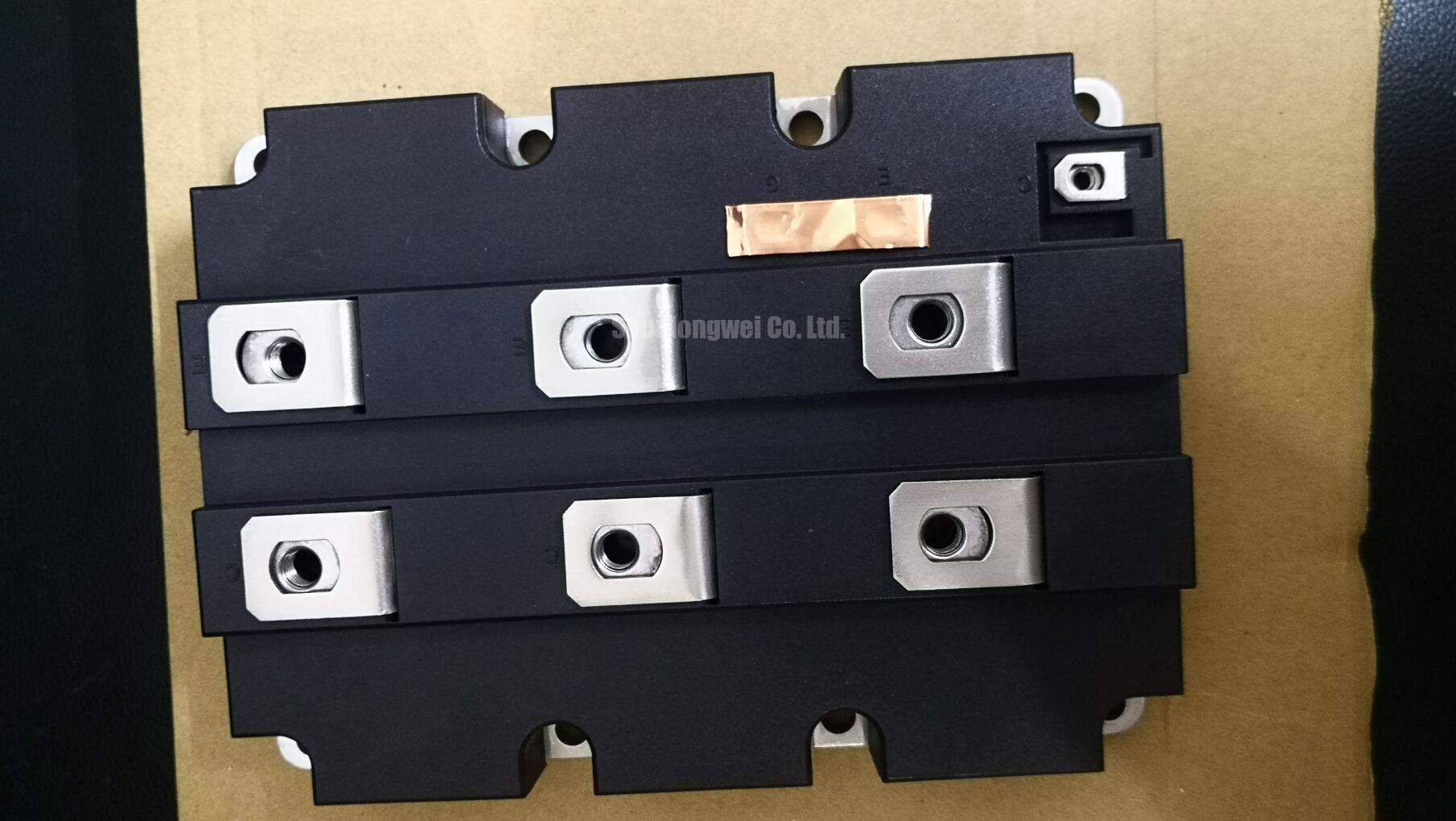LQ14D311 Sharp 14.1-inch XGA TFT-LCD: Engineering Analysis for Industrial HMI & Instrumentation
Content last revised on October 22, 2025.
M2. Introduction & Key Highlights
Defining Visual Performance for Demanding Embedded Systems
The Sharp LQ14D311 is a 14.1-inch a-Si TFT-LCD module engineered for consistent, reliable performance in embedded applications, delivering precise XGA resolution for detailed information display. It provides a balanced specification set of 1024x768 resolution | 200 cd/m² brightness | 150:1 contrast ratio. Key benefits include straightforward system integration via a standard LVDS interface and proven reliability for long-lifecycle industrial equipment. It directly addresses the need for a durable, standard-format display for legacy system upgrades or new designs where visual clarity and operational stability are paramount. For applications requiring a standardized XGA display with consistent optical performance, the LQ14D311 offers a robust and reliable solution.
B3. Key Parameter Overview
Decoding the Specs for System Integration and Visual Fidelity
The technical specifications of the LQ14D311 underscore its suitability for industrial and instrumentation applications where clarity and reliable operation are non-negotiable. The parameters are optimized for presenting detailed graphical user interfaces and data readouts in controlled environments.
| Feature Category | Specification | Engineering Implication |
|---|---|---|
| Display & Optical Performance | 14.1" Diagonal | 1024x768 (XGA) | a-Si TFT | Provides a standard aspect ratio and sufficient pixel density for clear rendering of complex GUIs, schematics, and text in HMI panels. |
| Luminance & Contrast | 200 cd/m² (Typ.) | 150:1 (Typ.) Contrast Ratio | Offers adequate brightness for indoor industrial settings, ensuring readability of critical data without causing operator eye strain. The contrast ratio clearly differentiates between data points. |
| Interface & Signal | LVDS (1 ch, 6-bit) | 30-pin Connector | Enables straightforward integration with a wide range of standard industrial motherboards and single-board computers, simplifying system design and reducing development time. |
| Viewing Angles | 40/40/15/35 (L/R/U/D) (Typ.) | Optimized for a primary, head-on viewing position, typical for fixed-mount control panels and instrumentation readouts where the operator is directly in front of the display. |
| Physical & Environmental | 317.3 x 242.1 x 11.5 mm | 0°C to +50°C Operating Temp. | Standard mechanical footprint for easy mounting and a defined operating range suitable for factory floor environments and control rooms. |
| Backlight System | 1 CCFL with Inverter | A mature and well-understood backlight technology providing consistent illumination across the screen. |
Download the LQ14D311 datasheet for detailed specifications and performance curves.
B2. Application Scenarios & Value
System-Level Benefits in Industrial Control and Legacy System Upgrades
The Sharp LQ14D311 is engineered for applications where proven reliability and a standard interface are more critical than cutting-edge specifications. Its primary value lies in providing a stable, long-term display solution that minimizes integration complexity and ensures consistent visual performance for the operational life of the equipment.
A key engineering challenge in industrial automation is the maintenance and upgrade of legacy HMI systems. Many existing control panels were designed around specific XGA resolutions and LVDS interfaces. The LQ14D311 serves as a direct-fit replacement or a baseline for new designs in this space, eliminating the need for costly and time-consuming system redesigns. Its 30-pin LVDS Interface is a prime example; it's like having a universal socket that connects directly to the established industrial computing hardware, drastically reducing the engineering effort required to integrate the display. This allows engineers to focus on software and functionality rather than wrestling with hardware compatibility issues.
- Industrial Human-Machine Interfaces (HMI): Ideal for factory floor control panels, process monitoring stations, and machine controllers that require a clear, reliable display for operator interaction.
- Test and Measurement Equipment: Provides the necessary resolution and clarity for oscilloscopes, spectrum analyzers, and other diagnostic tools where precise data visualization is essential.
- Medical Instrumentation: Suitable for non-diagnostic display terminals on medical carts or lab equipment where consistent, repeatable imaging is required in stable lighting conditions.
- Point-of-Sale (POS) & Kiosks: Offers a durable display solution for interactive kiosks and POS systems in controlled retail or information environments.
While the LQ14D311 is an excellent fit for these applications, for systems demanding higher resolution for intricate graphical rendering, the LQ156M1LG21 offers full HD capabilities.
B5. Industry Insights & Strategic Advantage
The Enduring Value of Standardization in Long-Lifecycle Equipment
In an industry often focused on the latest high-resolution, wide-gamut displays, the strategic advantage of a component like the Sharp LQ14D311 lies in its adherence to established standards. The XGA resolution (1024x768) and the LVDS interface represent a bedrock of industrial computing. For OEMs manufacturing equipment with a planned operational life of 10-15 years, such as CNC machines or power grid control systems, design stability is paramount. Sourcing a display based on a stable, widely adopted standard minimizes the risk of forced redesigns due to component obsolescence. This approach supports a lower Total Cost of Ownership (TCO) by simplifying long-term maintenance, repair, and operations (MRO) strategies. The LQ14D311 embodies the principle that for many industrial applications, predictability and reliability are more valuable than novelty.
B7. Frequently Asked Questions (FAQ)
What is the primary benefit of the standard LVDS interface on the LQ14D311?
The LVDS (Low-Voltage Differential Signaling) interface ensures broad compatibility with a vast ecosystem of industrial motherboards and controllers. This simplifies the design process, shortens development cycles, and reduces integration risk for engineers.
Is the 200 cd/m² brightness sufficient for typical industrial environments?
Yes, for indoor applications such as control rooms, factory floors, and laboratories, a brightness of 200 nits provides clear visibility without contributing to operator fatigue. It is not intended for direct sunlight applications.
How does the 150:1 contrast ratio impact usability in an HMI application?
This contrast ratio provides clear differentiation between on-screen elements, such as text, data fields, and status indicators. For a typical graphical user interface in a controlled lighting environment, it ensures that information is distinct and easily readable, which is crucial for minimizing operator error.
What does the 6-bit color depth mean for a GUI designer?
A 6-bit color depth allows the display to render 262,144 colors. This is sufficient for the vast majority of industrial user interfaces, which typically use distinct colors for status indicators (e.g., green for 'running', red for 'fault'), graphs, and basic schematics. It provides a functional color palette without the higher cost and data overhead of 8-bit or 10-bit panels.
What is the significance of the CCFL backlight in today's market?
While LED backlights are now more common, CCFL technology is a mature and highly reliable solution with a well-understood performance curve and failure modes. For legacy system replacements or applications where service life predictability is critical, a CCFL-based display like the LQ14D311 from a reputable manufacturer like Sharp offers a known quantity for long-term support.
Ready to Evaluate the LQ14D311 for Your Application?
To further explore the specifications of the Sharp LQ14D311 or to discuss its suitability for your specific system design, please contact our technical sales team for expert consultation and procurement support.

